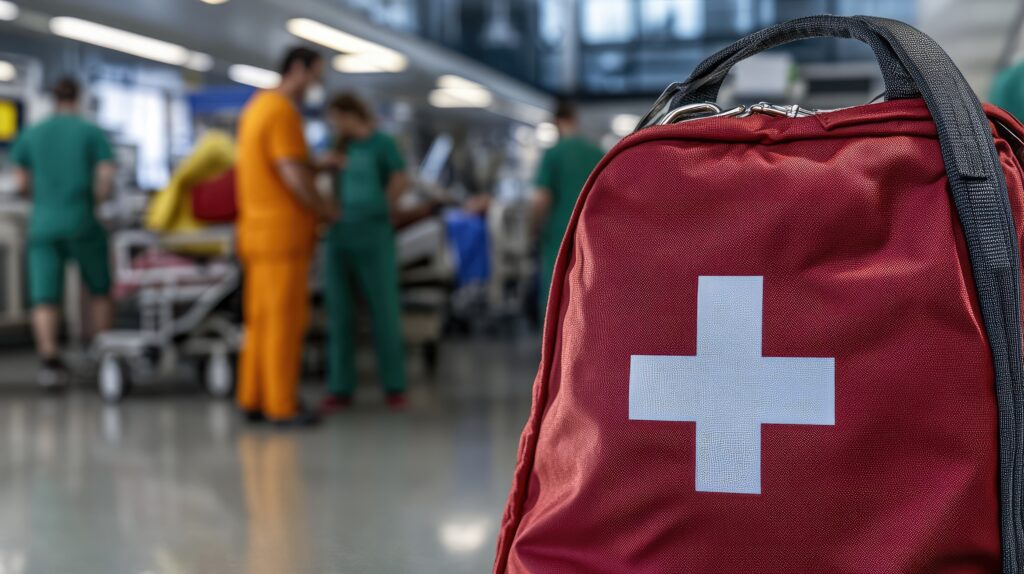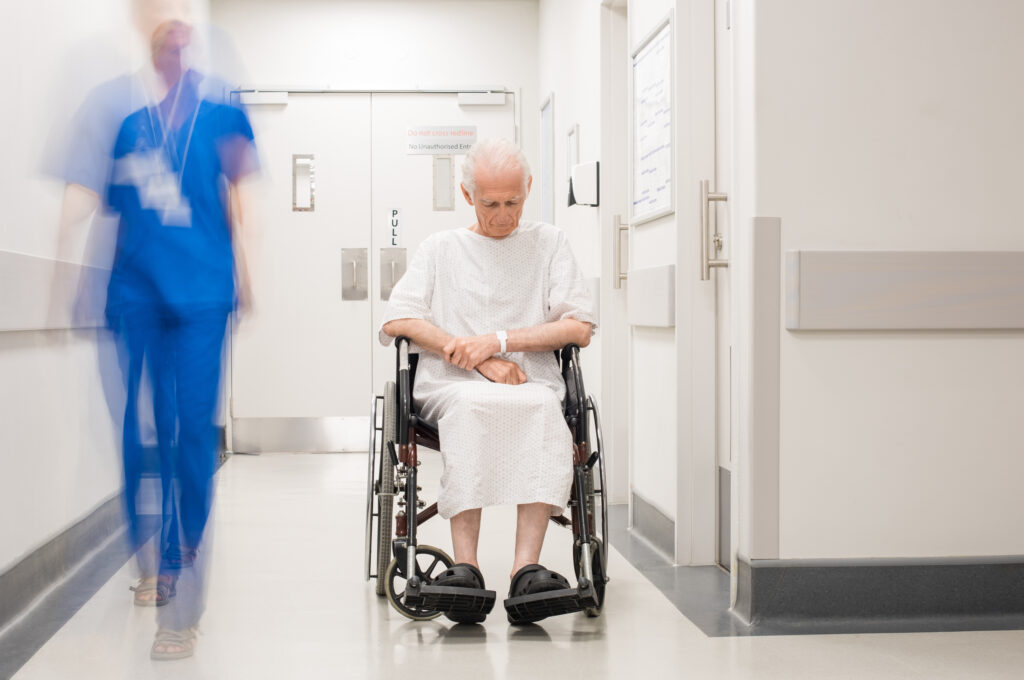10 Tips for Sharing the Road with Motorcyclists
It seems that the number of two-wheeled vehicles on the roads grows every year. Not only are we seeing the traditional motorcyclists, but there are more and more scooters on the road, too, particularly in urban areas where the cost of gasoline and the ease of parking makes two-wheeled vehicles particularly attractive.
As the warm weather approaches, we all should take a moment to think about what it means to share the road with the “two-wheeled crowd” and how we can do so safely and courteously.
- While car drivers have walls and roofs to protect them and four wheels to keep them stable, motorcyclists are vulnerable to serious injury and thus deserve special attention.
- Car drivers are required by law to allow motorcyclists a full lane, just as they would for any other vehicle.
- Car drivers should not tailgate a motorcycle. Motorcyclists sometimes slow down quickly or swerve to avoid debris in the road. Tailgating a motorcyclist can lead to much more tragic results than a fender bender. It’s just not worth it.
- Car drivers should remember to use their turn signals, even if they don’t think anyone is behind them.
- Car drivers need to be particularly alert when making left hand turns or changing lanes. The most common comment made after a collision with a motorcycle is, “I just never saw the bike.” Two-wheeled vehicles often present a slimmer profile and can be overlooked more easily. Take the extra second to really look for oncoming traffic or vehicles in adjacent lanes.
- Remember that motorcycles often do no have “self-cancelling” turn signals. As a result, a turn signal on a motorcycle can be misleading. Instead of blindly relying upon turn signals on a motorcycle, car drivers should be on the lookout for hand signals and, even better, wait and see what a motorcyclist does before taking action such as turning, getting of at an exit, or changing lanes.
- Drivers should bear in mind that motorcyclists often travel in groups. Car drivers should not cut into the group unless the motorcyclists have made ample space for a vehicle. If there isn’t room (or if you have any doubts), wait for the group to pass.
- While bikes can often stop more quickly than cars at low speeds (and thus the rule against tailgating), they are not able to stop as quickly at higher speeds. So be aware and avoid unnecessarily sudden stops.
- Be aware the wind shear and road ruts can cause motorcycles to veer suddenly.
- And never, never text while driving or talk on a handheld cell phone!
The Erie motorcycle lawyers at Purchase, George & Murphey, P.C. have experience with cases involving motorcyclists who have been injured in collisions. These cases often result in serious and disabling injuries that require extensive medical care. They also present unusual liability and insurance coverage issues. Our primary goal and objective is to make sure that our clients and their families receive the compensation and resources that they need to treat and manage their motorcycle accident injury and to compensate them for their losses.
As skilled Erie injury lawyers who have helped clients injured in motorcycle accidents, we understand how to evaluate these cases and we know how to help you obtain the funds necessary to pay for your spinal fusion surgery and attendant medical care.
Call Purchase, George & Murphey, P.C. today, toll free at 814-273-2010, to schedule your free and confidential consultation with an Erie Motorcycle Accident Lawyer. You can also fill out the online consult form.
We will fight for your legal rights to the money and resources you need to fix what can be fixed, help what can be helped, and make up for what cannot be fixed or helped.












